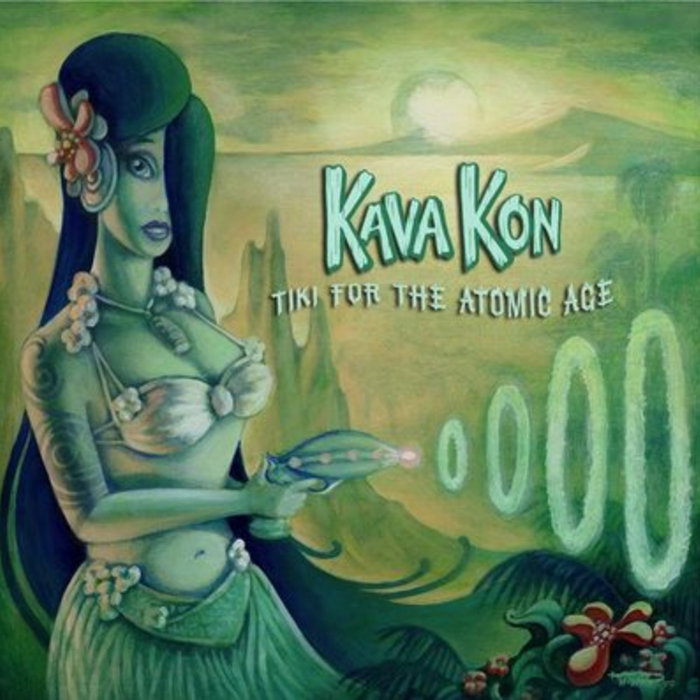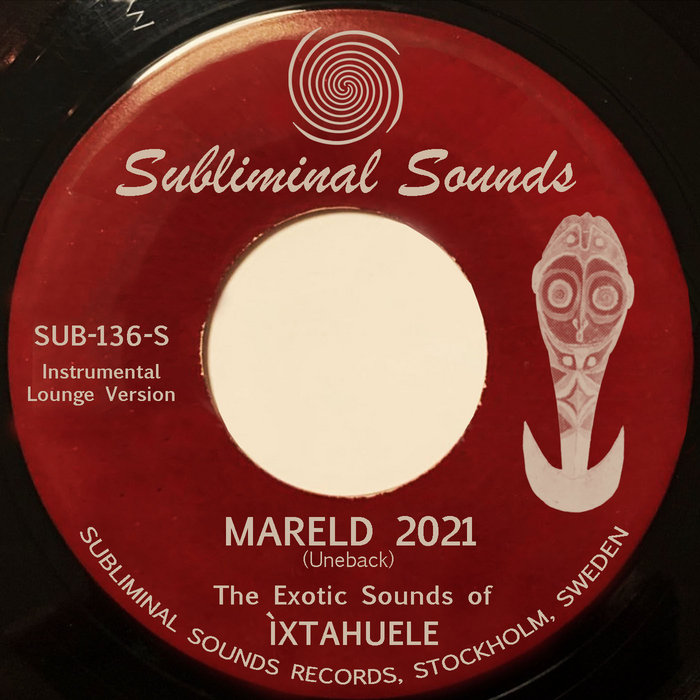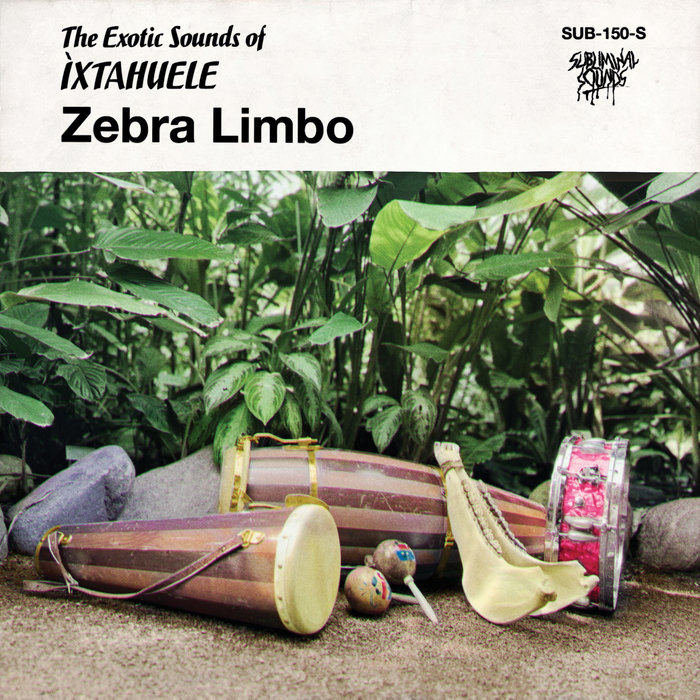
Palace of the Tiger Women – Kava Kon
this blog is GROOVY – check out great Soul, Funk, Jazz, Hip Hop, Bass, Breaks , Reggae, House n many more TUNES
Tiki music, a sonic cocktail of Polynesian rhythms, exotic instrumentation, and a dash of Hollywood kitsch, has been transporting listeners to a tropical escape since the 1930s. While the origins of the genre are a bit murky, like a rum-soaked sunset, it’s safe to say that the influence of Polynesian music, coupled with the rise of the tiki craze in the US, played a key role in its development.
The Early Days: From Island Rhythms to Cocktail Lounge
Prior to World War II, interest in Polynesian culture was burgeoning, thanks to the allure of exotic locales and the escapist fantasies fostered by Hollywood films. Musicians like Harry Owens, the “King of the Hawaiian Guitar”, were already popularizing Hawaiian music, paving the way for the emergence of a more stylized, commercially-driven sound.
After the war, the tiki boom exploded, and with it, a genre tailored for Polynesian-themed bars and restaurants. Arthur Lyman, a pianist known for his atmospheric, “space-age” style, became a pioneer, releasing albums like “Exotica” and “Taboo” that captured the mood of the tiki era. His music featured lush arrangements, often with the use of instruments like the vibraphone, marimba, and the iconic steel guitar.
The Golden Age of Tiki: From “Hawaiian Sunset” to “Jungle Drums”
The 1950s and 60s saw tiki music reach its peak popularity. Martin Denny, a master of the exotica genre, created an immersive sound through his use of electronic effects and unconventional instrumentation. His iconic “Quiet Village” and “Firecracker” (the latter featuring a dramatic, “explosive” percussion section) became anthems of the tiki era. He even pioneered the use of pre-recorded tape loops, adding a layer of sonic dynamism to his music.
The Tiki Revival: More Than Just a Retro Trend
While tiki fell into relative obscurity in the 70s and 80s, it saw a vibrant revival in the late 90s and early 2000s. This resurgence was fueled by a growing appreciation for vintage tiki culture and its association with escapism and nostalgia.
Funny Facts about Tiki Musicians:
Tiki music, while sometimes dismissed as a novelty genre, offers a fascinating glimpse into the history of American popular culture. It’s a reminder that even the most outlandish trends can leave behind a lasting legacy, evoking a sense of escapism and joy that continues to resonate with listeners today. So pour yourself a Mai Tai, crank up the volume, and let the music transport you to a tropical paradise – even if it’s just for a few moments.

Palace of the Tiger Women – Kava Kon

Mareld 2021 – Ìxtahuele

Zebra Limbo – Ìxtahuele